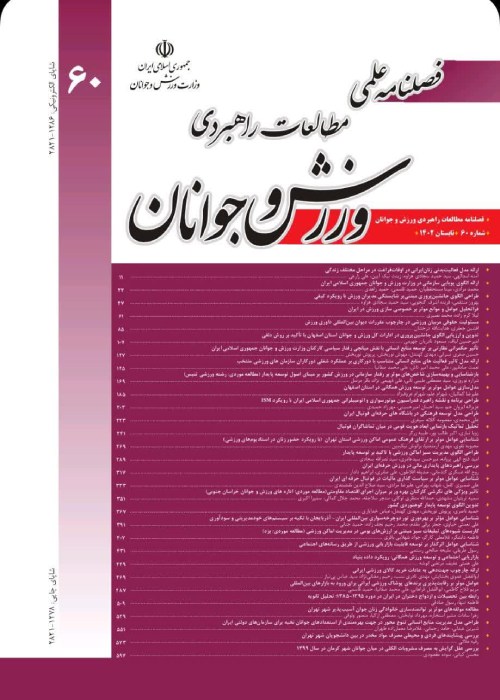Social Exclusion of the Youths; Dimensions and Indexes (Case Study: Tehran and Its Margins)
Author(s):
Abstract:
This paper is adopted from a survey on the social exclusion of the youths in Iran aiming to study the theoretical literature of the subject and to assess the amount and dimensions of the social exclusion and its conditions and contexts in the young urban population of Tehran and its margins. The survey was administrated on a sample including 1200 subjects. The modern concept of the social exclusion has created a research framework in the field of inequality, poverty and social deprivation. Based on the mentioned framework, the visible and invisible dimensions of the social exclusion of the at-risk groups including youths will be assessed in a wider scope and in more systematic and more precise way. In the social exclusion context, the excluded groups and regions are marginalized and excluded from the mainstream of the distribution of resources and social opportunities based on some (different) specific conditions, events, and characteristics in an accumulative and chronic way, so that their release from such a situation (i.e. from the exclusion trap) will be a trans-personal issue requiring corrective activities and combinational interventions at systemic and social level. The findings and results of this research are presented in a descriptive and an analytic part in the paper. The mentioned findings and results show that approximately half of the teenagers and youths of the study (including both boys and girls) of Tehran and its margins stand at the risk of being marginalized and socially excluded in most part of their youth age (15-29 years old). This risk for the mentioned population is higher than average and currently the studied population live in the situation of objective and subjective chronic multiple limitations. The range of the subjective exclusion index is more than the objective exclusion. There is no significant relationship between the mentioned index and the risk variables (including the gender and the residence of the respondents) except for the variable of the age which shows a significant relationship with the subjective exclusion. In contrast, the objective exclusion has a significant relationship with the age and residence, though it has no significant relationship with the variable of the gender.
Keywords:
Language:
Persian
Published:
Strategic Studies On Youth and Sports, Volume:12 Issue: 19, 2013
Page:
49
magiran.com/p1449888
دانلود و مطالعه متن این مقاله با یکی از روشهای زیر امکان پذیر است:
اشتراک شخصی
با عضویت و پرداخت آنلاین حق اشتراک یکساله به مبلغ 1,390,000ريال میتوانید 70 عنوان مطلب دانلود کنید!
اشتراک سازمانی
به کتابخانه دانشگاه یا محل کار خود پیشنهاد کنید تا اشتراک سازمانی این پایگاه را برای دسترسی نامحدود همه کاربران به متن مطالب تهیه نمایند!
توجه!
- حق عضویت دریافتی صرف حمایت از نشریات عضو و نگهداری، تکمیل و توسعه مگیران میشود.
- پرداخت حق اشتراک و دانلود مقالات اجازه بازنشر آن در سایر رسانههای چاپی و دیجیتال را به کاربر نمیدهد.
In order to view content subscription is required
Personal subscription
Subscribe magiran.com for 70 € euros via PayPal and download 70 articles during a year.
Organization subscription
Please contact us to subscribe your university or library for unlimited access!


